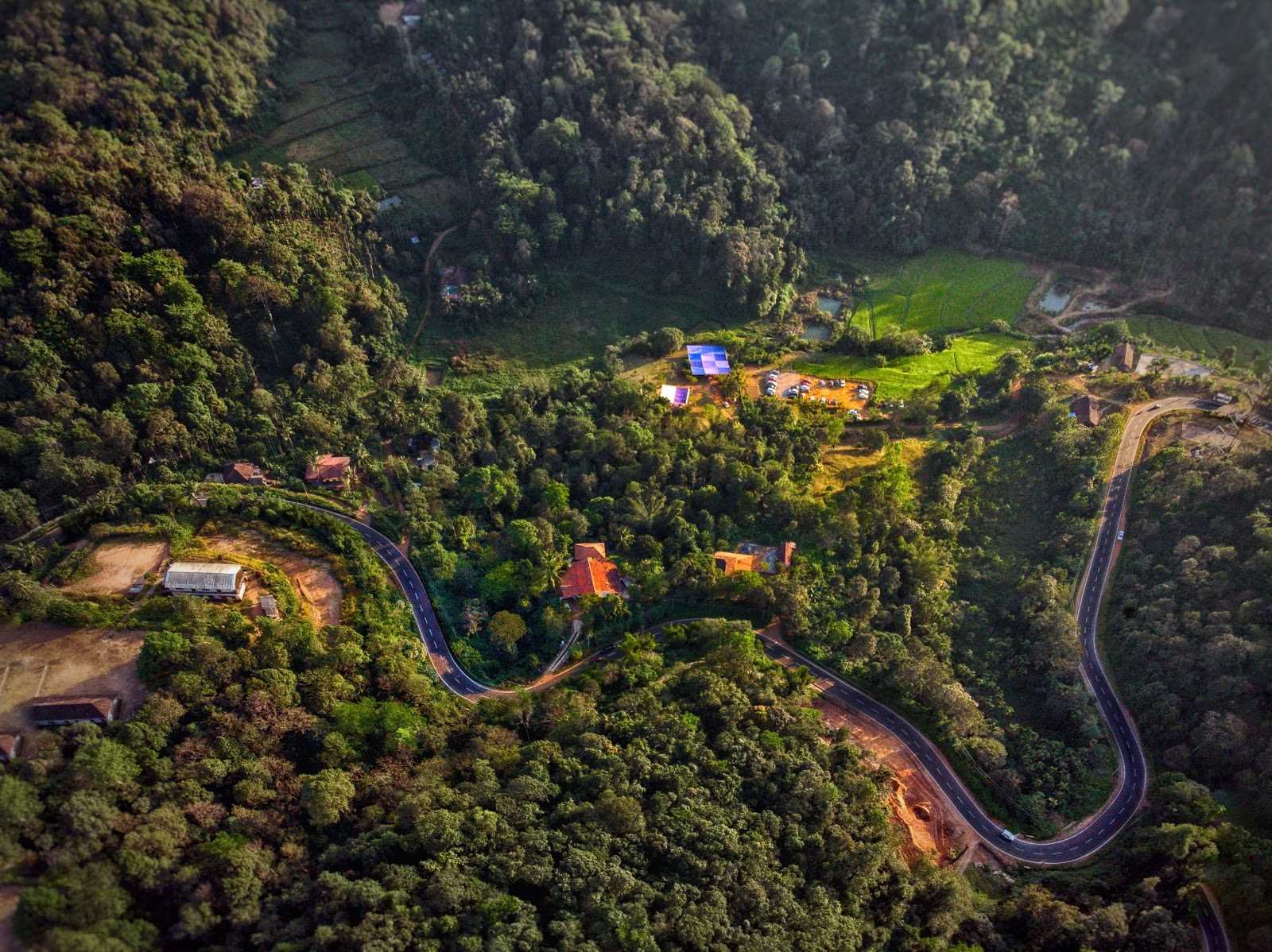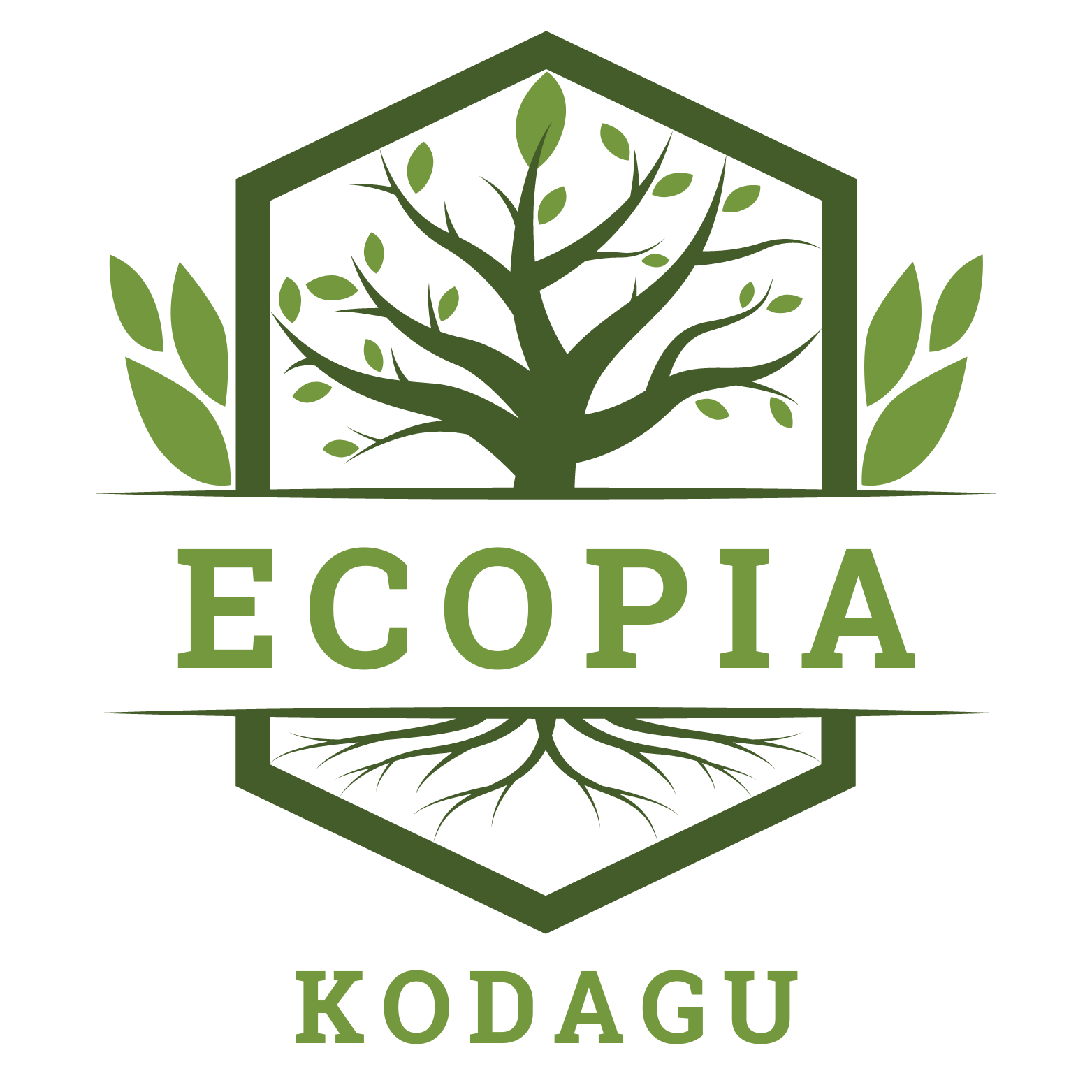Discover Coorg History, Culture, Uniqueness Of Coorg Marriage, Festival And Dance Form.
Exploring the Vibrant Culture of Coorg
From then on, the history of Kodagu has largely been recorded in its orality, a social history of its own people and their ways of living and relationships with the unpredictable nature that Coorg inhabits.

The people of Kodagu have been small scale agriculturists with hunting and gathering supplementing subsistence until the arrival of coffee plantations with the British. As in any thick-forested hilly terrain that has harsh climatic conditions, the people of Kodagu have found means of survival that has made their minds and bodies best suited to rigor.
From the well documented times of Lingayat kings (1600? 1834), to the rule of Hyder Ali and Tipu Sultan in late 18 th Century and the coming of British in 1834, Kodagu has had a chequered political history. After independence from the British, Kodagu was a separate C grade state until 1956 when it was merged with the then Mysore, now Karnataka state.
As has been noted by many, the culture of Coorg varies significantly from those of their neighbours leading to speculations of their origin. People have also argued that it is the isolated hilly region that Coorgs inhabit and the non-involvement of caste-hindus that has led to quite a different culture among the Coorgs.
Coorg has four main types of vegetation. The Evergreen forests of the north & west and the Moist deciduous and Dry deciduous forests in the central and southern parts of the district and isolated evergreen or Shola forests are found nestled between the folds of the mountain slopes which are covered by grasslands.
The difference in culture is manifest through its religion, language, food habits, costumes, societal structure, festivals, performances, and so on. The Kodava religion mainly revolves around ancestor worship and worship of river Kaveri.
